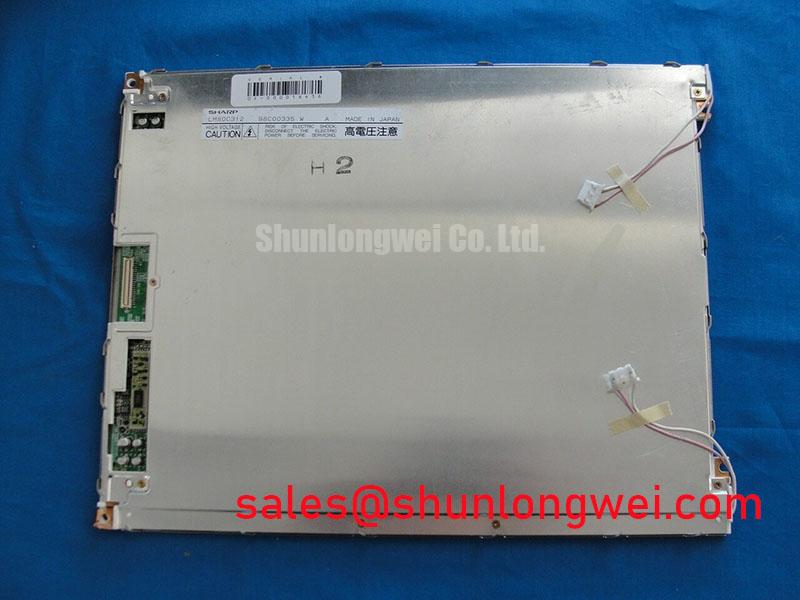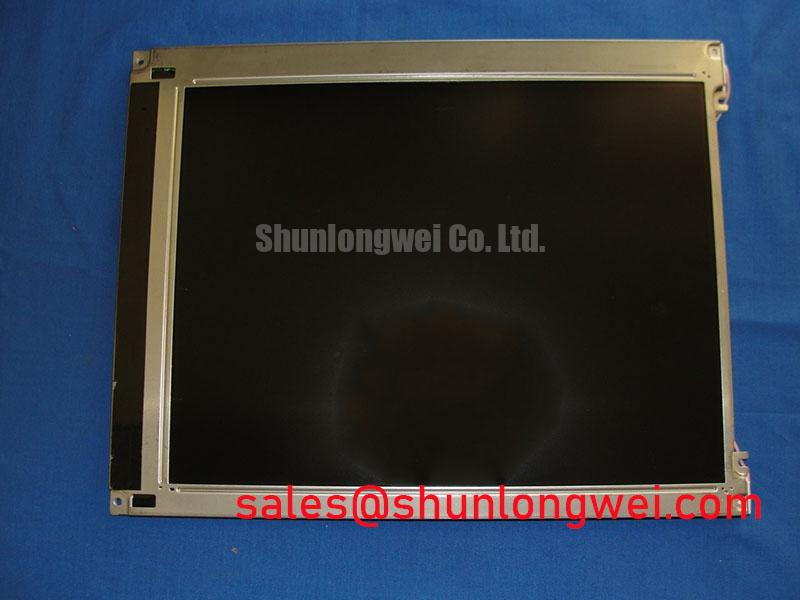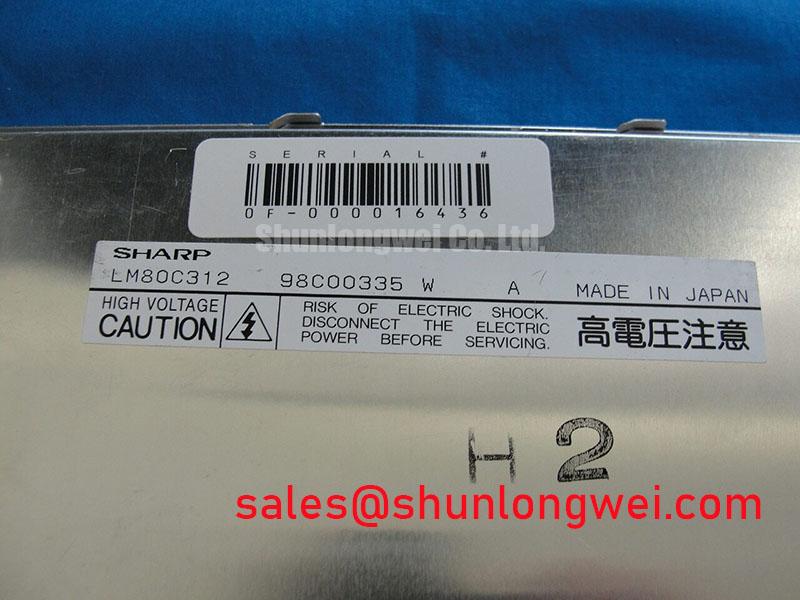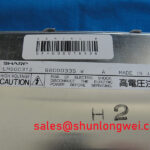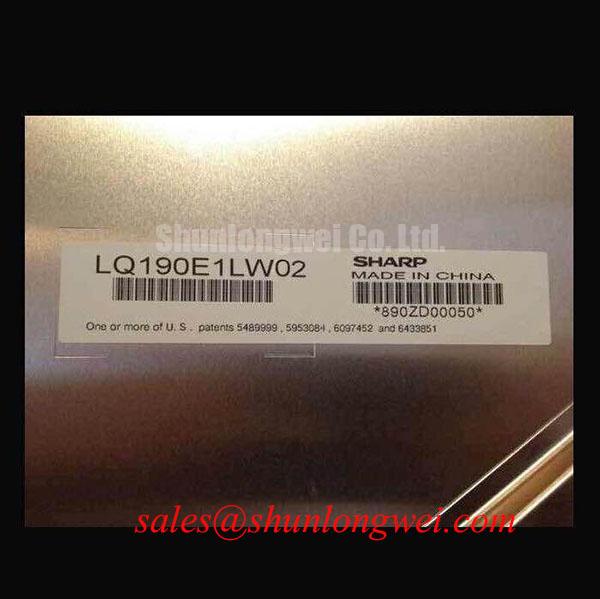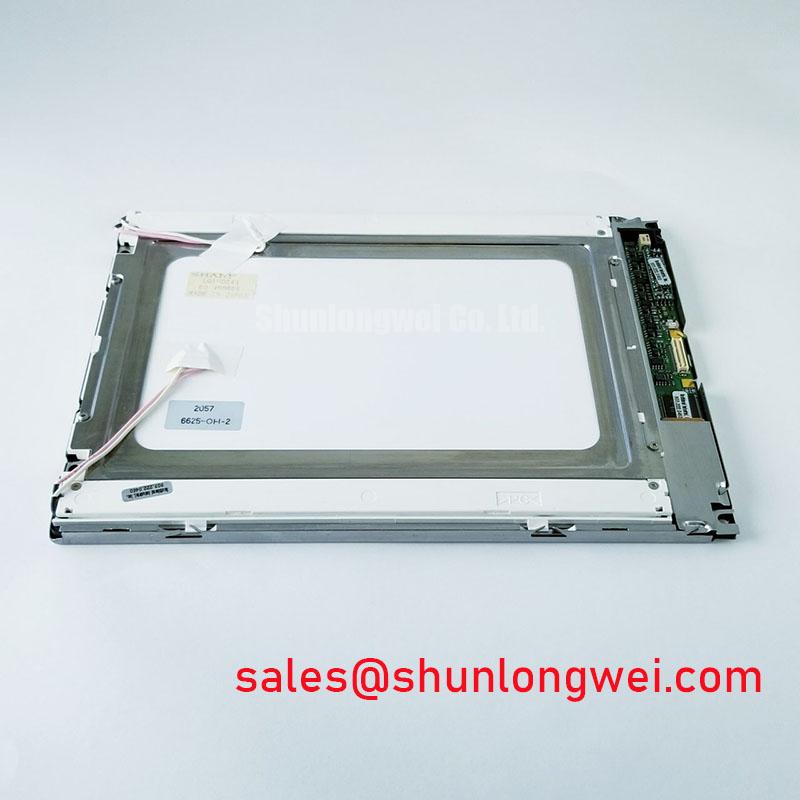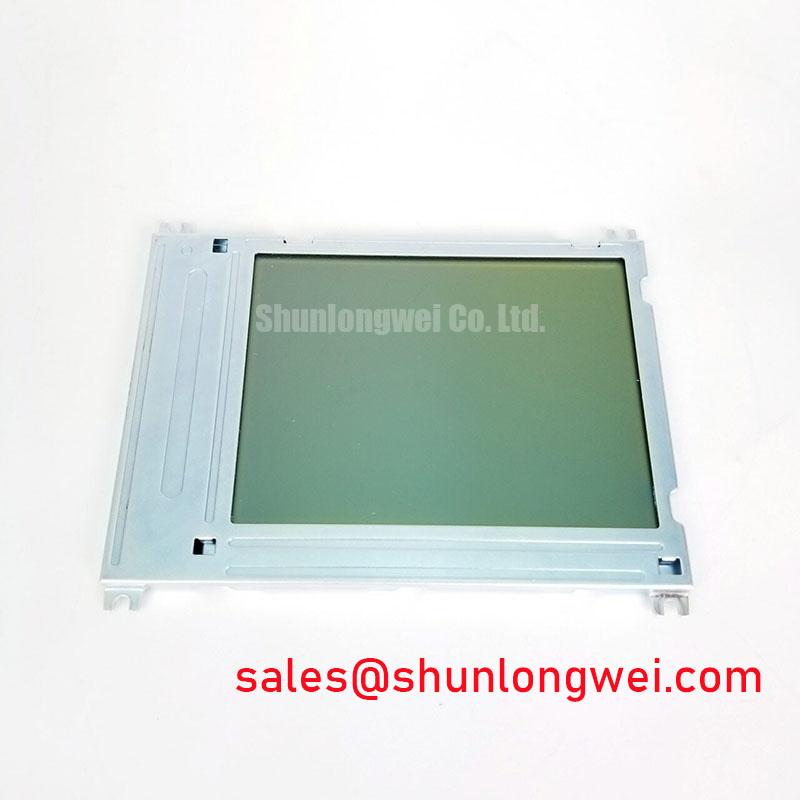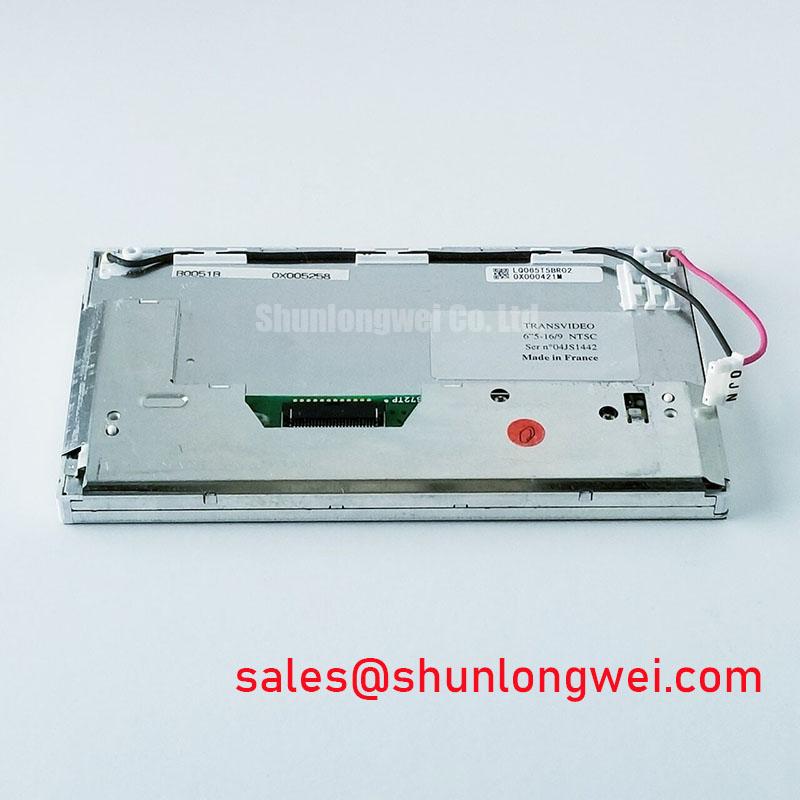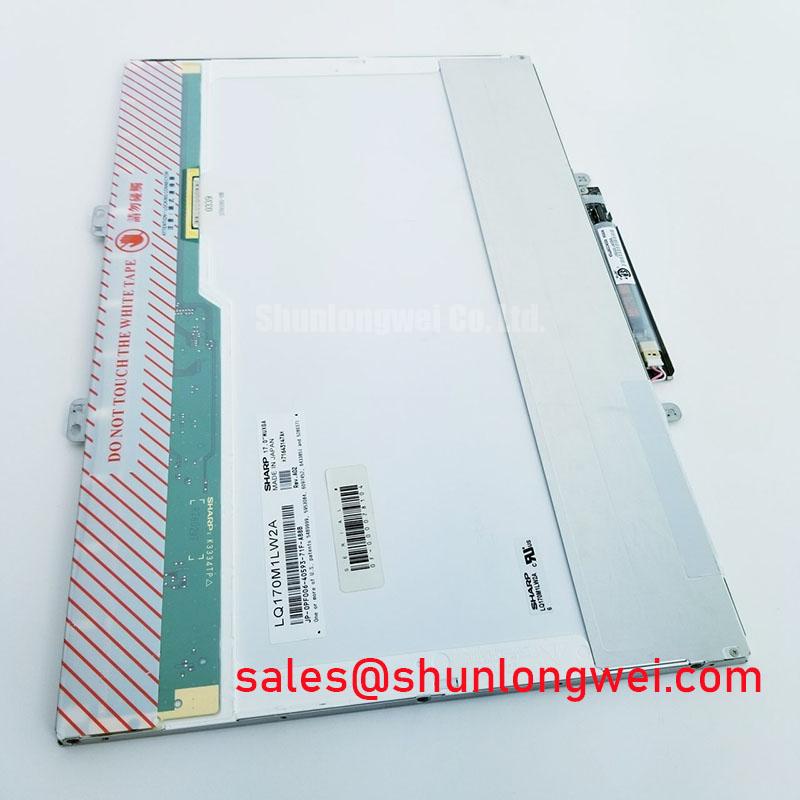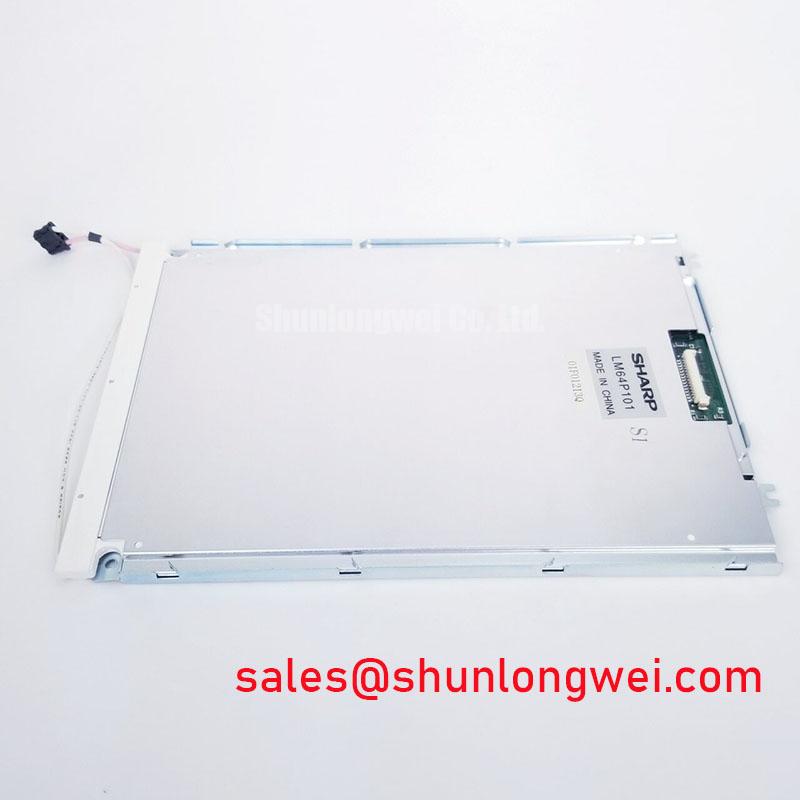Sharp LM80C312 | A Legacy of Reliability in Industrial HMI Displays
The Sharp LM80C312 is a testament to the engineering principle that purpose-built design endures. While the display market has shifted towards full-color, high-resolution screens, this 10.4-inch VGA monochrome module remains a critical component for countless industrial systems. Its continued relevance stems not from chasing the latest trends, but from delivering unwavering performance and readability in environments where clarity and reliability are non-negotiable.
Key Specifications for the LM80C312
For engineers maintaining or designing for long-lifecycle equipment, the specific performance metrics of the LM80C312 are paramount. This display was engineered for stability and clear data representation. For a complete dataset, you can download the official datasheet.
| Parameter | Value |
|---|---|
| Display Technology | F-STN (Film-compensated Super-twisted Nematic) LCD |
| Screen Size | 10.4 inches (26 cm) |
| Resolution | 640 x 480 pixels (VGA) |
| Display Mode | Transmissive, Blue Mode (Negative) |
| Backlight | 1 x Cold Cathode Fluorescent Lamp (CCFL) |
| Typical Contrast Ratio | 22:1 |
| Outline Dimensions (W x H x D) | 260.0 x 174.0 x 11.0 mm |
An Engineer's Perspective: Why the LM80C312's Technology Endures
Understanding the design choices behind the Sharp LM80C312 reveals its value proposition. Its core technologies, while considered "legacy" today, were selected for maximum industrial utility.
- F-STN for High-Contrast Viewing: Unlike standard passive-matrix displays, the Film-compensated STN technology provides a sharper image and a significantly better Viewing Angle. In a factory floor setting, where an operator might view an HMI from an off-axis position, this ensures critical process data remains legible. The "blue mode" negative image (light pixels on a dark blue background) was a deliberate choice to maximize perceived contrast in typical indoor industrial lighting.
- The Reliability of CCFL Backlighting: While modern displays use LED backlights, the CCFL in the LM80C312 offers a key advantage: exceptional color stability over a wide operating temperature range. For monochrome displays used for process control, consistency is key. The predictable performance and gradual, manageable end-of-life dimming of a CCFL system often makes it a more reliable choice in legacy systems than retrofitting with an untested LED solution. For a deeper look into modern display backlights, our guide on the energy efficiency of LED backlights provides a useful comparison.
Proven Performance in Demanding Applications
The Sharp LM80C312 is not a general-purpose display; it is a specialized tool. Its robust construction and focused feature set make it an ideal—and often irreplaceable—component in several key sectors:
- Industrial Control Panels & PLCs: In CNC machines, injection molding controllers, and PLC interfaces, the primary need is for clear, unambiguous display of status, alarms, and setpoints. The VGA resolution is perfectly matched to these text- and simple graphic-based HMIs, providing excellent clarity without unnecessary complexity.
- Test & Measurement Equipment: For oscilloscopes, spectrum analyzers, and other benchtop instruments of its era, the LM80C312 offered a stable and sharp canvas for displaying waveforms and numerical data. Its proven reliability ensures these long-service instruments can be maintained and kept in calibration.
- Medical Monitoring Devices: In applications like patient monitoring systems or equipment control interfaces, the high-contrast display ensures that vital signs and operational parameters are easily readable by healthcare professionals, reducing the risk of misinterpretation.
Technical FAQ for the Sharp LM80C312
As specialists in legacy components, we frequently address questions from engineers working to keep critical systems online. Here are some common inquiries regarding the LM80C312.
For support in sourcing the Sharp LM80C312 or to discuss your specific application requirements for other industrial LCD displays, please do not hesitate to contact our technical team for expert guidance.

